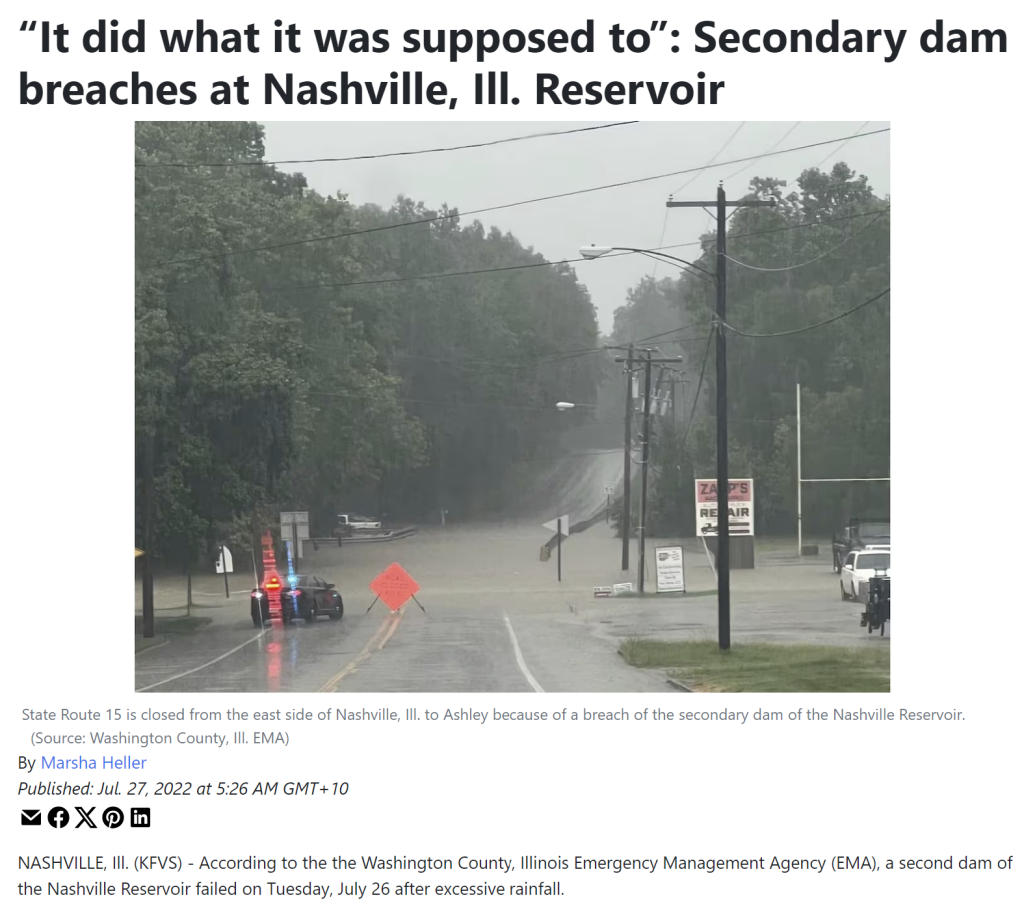3 December 2024
The 2020 essential works to reduce the height of Paradise Dam in Queensland marked a significant moment for the dam industry in Australia. In 2019, new information relating to the strength of the Roller Compacted Concrete (RCC), and the frequency of hydrological loading identified an emergent risk to the structural integrity of the dam, with a failure likelihood equated to a repeat of the 2013 flood of record, with an estimated annual chance of around 1:200. Given the extreme consequence classification of the dam, addressing this risk became an urgent priority for both the Government and the dam owner.
The project represented a major risk management undertaking, encompassing ongoing asset operation, an active spillway, and the formulation of comprehensive plans for both likelihood and consequence reduction.
This paper summarises the history of Paradise dam with an overview of the asset performance to 2019, along with the technical outcomes of the 2019 risk assessment. The standard for managing this emerging risk was to demonstrate when risk reduction activity became grossly disproportionate – or ‘so far as is reasonably practicable’ (SFARP) and the paper compares this with the more familiar dams’ industry concept of ‘as low as reasonably practicable’ (ALARP).
Given the real potential of a failure during any repeat of the 2013 event, and with a hindsight focus being a key element of judging risk management to a standard considered SFARP, a framework for demonstrating a process, and outcome judged to align to this standard, was identified as a gap in this context – with a key goal to find the point at which risk mitigation activity became disproportionate to the value gained. The framework conceived is summarised; one that was flexible, scalable, and ideas focused, but still effective for record keeping. Of note was the study of other dam safety events and learnings in California, the UK, and Brazil, and a requirement for a documented rationale for not proceeding with risk reduction ideas. The framework included a proactive attempt to limit the influence of human bias in risk management. Key activity undertaken to reduce the risk likelihood and downstream consequence is summarised. The paper concludes with observations and learnings from this risk management undertaking.
The content holds relevance for professionals engaged in the implementation of risk-based dam safety management, as well as for those interested in the influence of human factors in risk management, particularly within the context of striving to achieve, and demonstrate management of risk to a standard that might be judged SFARP.

